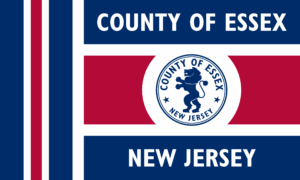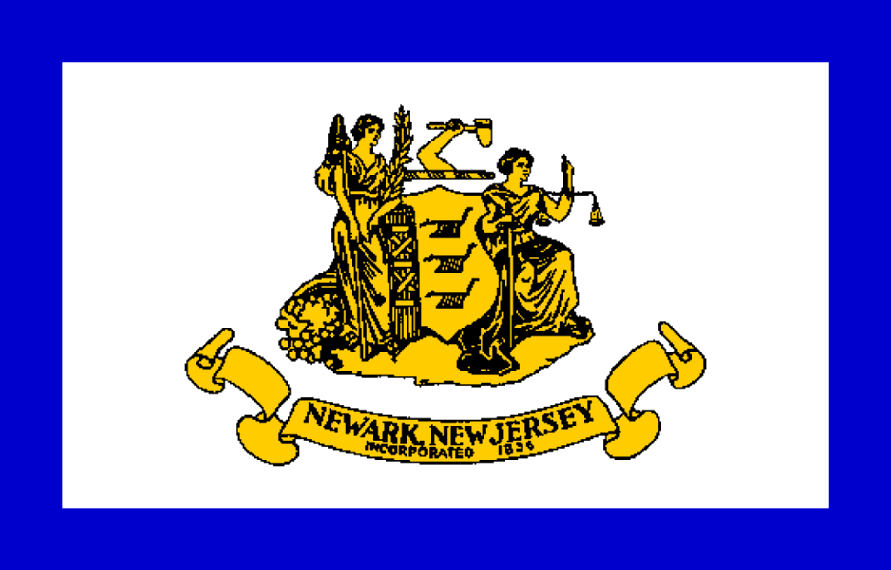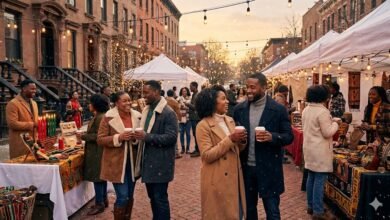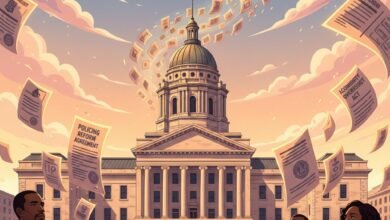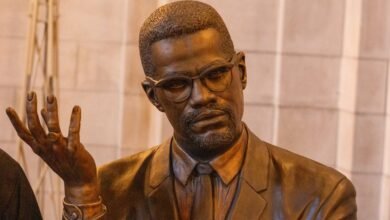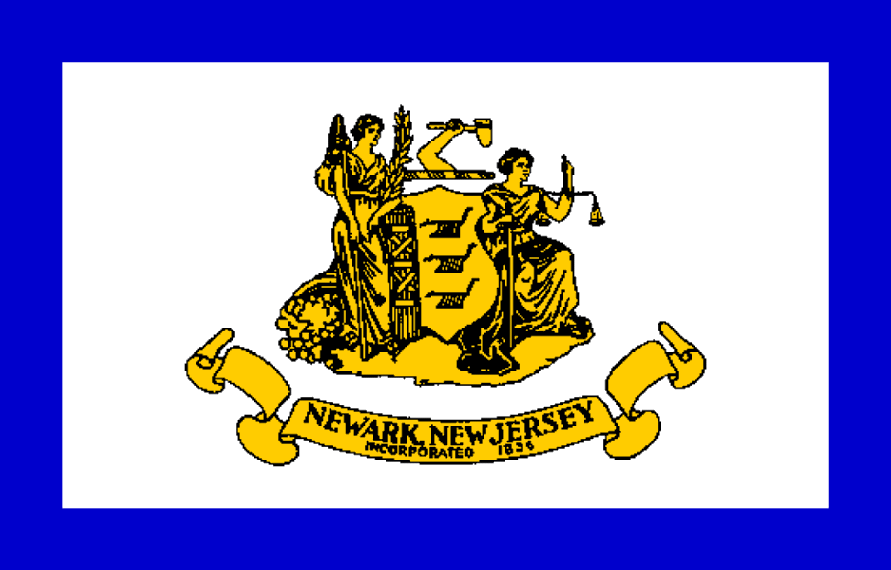
Newark, NJ: Brick City, Black Brilliance, and the Beat of New Jersey’s Soul
You don’t talk about New Jersey without talking about Newark. This is more than a city—it’s a movement with a zip code. From the jazz clubs of the Ironbound to the protests of the 1960s, from Portuguese bakeries to Afro-Caribbean churches, Newark is where power pulses in every block, mural, and march. Often underestimated, always unapologetic, Newark is a place of firsts, fights, and futures—and it deserves to be seen in full color.
Origin and History
Newark has never been quiet. Its history is loud, layered, and unrelenting.
- Lenape Homeland: Long before colonization, Newark was home to the Hackensack and Raritan bands of the Lenape people, who lived along the Passaic River and surrounding meadows.
- Puritan Settlement: Founded in 1666 by Connecticut Puritans, Newark became an early colonial center for trade, tanneries, and printing.
- Industrial Powerhouse: By the 19th century, Newark had grown into a national center of leather goods, insurance, shipping, and manufacturing—powered by immigrants and Black laborers.
- Black History & Civil Rights: A key destination during the Great Migration, Newark became home to a vibrant Black community. In 1967, uprisings against police brutality and systemic racism reshaped the city—and sparked decades of political and cultural activism.
- Renaissance & Reclamation: From the 1980s on, Newark artists, educators, clergy, and organizers began rebuilding from the inside out—culminating in a Black-led renaissance that continues today.
Demographics
Newark isn’t a melting pot—it’s a mosaic. And the picture is powerfully Black, brown, and global.
- Population: Approx. 311,000 residents (2020 U.S. Census)
- Cultural Composition: 50% Black/African American, 36% Latinx (primarily Puerto Rican, Dominican, Ecuadorian, and Brazilian), plus growing Haitian, West African, Portuguese, and West Indian communities.
- Languages Spoken: English, Spanish, Portuguese, Haitian Creole, Yoruba, and Arabic flow through homes, schools, and churches.
- Global Diaspora: Newark is a city of migration—from the Deep South to the Caribbean, from Portugal to Peru—and each neighborhood reflects a chapter in that story.
Geographic Location and Size
Big in scale, rich in neighborhoods—and deeply connected to the region.
- Size: 24 square miles
- Neighborhoods: Includes the South Ward, Central Ward, North Ward, West Ward, Ironbound, and University Heights.
- Transit Access: Newark is a transit giant—with Newark Penn Station (Amtrak, NJ Transit, PATH), Newark Liberty International Airport, and major highways like I-78, I-280, and the Garden State Parkway.
Where We Thrive
Newark isn’t just surviving—it’s creating, building, and leading.
- Public Schools & Charter Movement: Newark Public Schools serve over 35,000 students, with an additional 20,000+ in charter schools. The city is a hub of education reform, resistance, and innovation.
- Higher Education & Arts: Home to Rutgers-Newark, NJIT, Seton Hall Law, and the Newark Museum of Art, the city is a brain trust for Black and brown scholars, creators, and entrepreneurs.
- Community Power: From the Newark Community Street Team to grassroots food justice orgs, residents have built mutual aid networks, reentry programs, and civic education pipelines.
- Cultural Institutions: NJPAC, Newark Symphony Hall, City Without Walls Gallery, and the African American Heritage Parade amplify the city’s rich creative legacy.
Fun Facts and Local Gems
- Brick City: Newark’s nickname comes from its industrial past—and the red-brick buildings that still define much of the city’s architecture.
- Queen Latifah Roots: Newark is the birthplace of Queen Latifah, Whitney Houston studied here, and Redman still reps his block proudly.
- Military Park: Once a training ground for colonial troops, now a site for rallies, jazz concerts, and elder walks.
- Ironbound District: A culinary haven known for Portuguese, Brazilian, and Ecuadorian eats—plus late-night empanadas and pastel de nata.
Challenges and Change
Newark is rich in people—but underinvested by systems.
- Gentrification Pressure: Luxury developments in Downtown and the Ironbound are pricing out longtime residents—even as schools and services remain underfunded.
- Environmental Injustice: Newark residents live with some of the worst air pollution in the country. Ironbound neighborhoods are fighting toxic sites and port emissions daily.
- Policing & Reentry: Despite progress, the city grapples with high incarceration rates, racial profiling, and the need for deeper reentry support.
- Health & Housing: Food deserts, aging public housing, and under-resourced clinics continue to impact quality of life—especially in the South and West Wards.
Community Voices
“They call us a comeback city. But we’ve been here—raising families, organizing protests, building businesses. We don’t need saving. We need solidarity.”
— Tameeka J., South Ward educator and activist
Why Newark Matters
Newark isn’t just the heart of Essex County—it’s the pulse of possibility. This is where Harriet Tubman’s statue stands in Harriet Tubman Square. Where abolitionists, architects, and emcees share space. Where youth are marching, mothers are testifying, and block captains are making democracy visible. Newark has nothing to prove—but everything to claim.
HFYC uplifts Newark because this city IS the story—and Black and brown futures deserve to be archived, amplified, and honored.
Call to Action
Live in Newark? Know a teacher, healer, youth organizer, elder, street vendor, muralist, or newcomer shaping the city’s future?
Let us help tell their story.
Submit a feature, nominate a changemaker, or reflect on what Newark means to you—from your stoop to the skyline.
